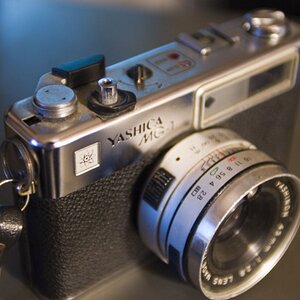Vautrin
No longer a newbie, moving up!
- Joined
- Jun 26, 2008
- Messages
- 927
- Reaction score
- 58
- Location
- It changes
- Website
- www.withoutamapphotography.com
- Can others edit my Photos
- Photos OK to edit
E200 135-36 Ektachrome Professional ISO 200 $9.95
35mm 36 exposure E-6 slide develop and mount $10.00
There's a huge range that film could cost depending on what you're shooting, and what equiptment you buy, etc. For instance, there are different films with different cost. As other posters have already pointed out, black and white film will be much cheaper on a per shot basis even if you're buying the rolls.
But if you really want to save money you can go the bulk film route. Basically you get some film canisters, and you get a can with a roll of 35mm film, and you put film in each canister yourself. Doing a quick google you can buy 100ft of film for $30 which will get you about 20 rolls of film. That's about $1.5 a roll, once you've paid for the bulk film canisters and loader. Of course depending on which brand of film and type you use costs will vary, but even that kodachrome can cost $6 a roll
The thing that will really determine the cost of film photography is what resources you already have available, and how hard you look for deals. Check to see if through your school or maybe a local community college you have a photo lab available to you -- you might be able to get access to a dark room and tools like a bulk loader for free or little cost. And deals are out there if you keep your eyes open and know what to look for. You just need to look around -- I picked up a Pentax K1000 at a yard sale that was in perfect condition
The big reason I would recommend film for someone who is learning is that the quality of the optics (and the resulting pictures you can take) will be a giant leap over even a low end dSLR. For instance, my 45 pentax has a 50mm / f 2.0 lens. To get a lens for my olympus digital SLR that can do f 2.0 @ 50mm I'd have to spend upwards of 2,000! And with a film camera your pictures are going to look much different then with even a high end digital SLR. However that will come with its own set of problems. You'll need to make your own prints, for instance, if you want high quality, well done prints. That will take time to learn, and may take a lot of effort.
So I guess what it all boils down to is what do you want out of photography?
If you just want to take snapshots of your friends, go with a digital point and shoot like other posters have recommended. Even a cheap one from best buy will still have manual picture modes if you dig through the manual, and it might be enough.
If you want to learn to shoot photos that look like they could have been taken by professionals you want an SLR. Look at what resources you have available for film (e.g. can you get access to a dark room) and if you want (or can afford) the set up costs and continuing costs of film. You may need to be creative to get your own set up but it can be done...
BTW, scanner + film is a great combo, but I think you'd have to look hard for a good deal to stay within budget...





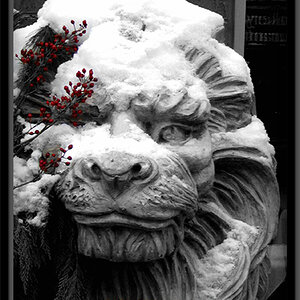
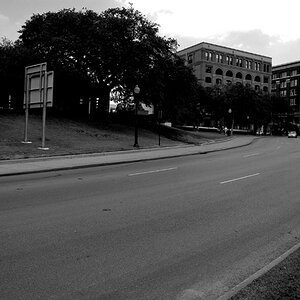
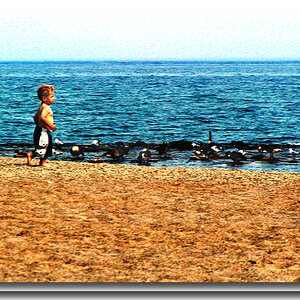
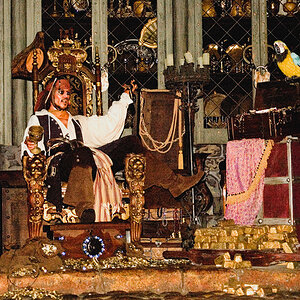
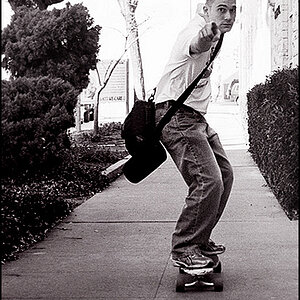


![[No title]](/data/xfmg/thumbnail/37/37494-d432dd0601f47668ec55d04f350f243b.jpg?1619738113)
